Method 1:Choosing a Tip-Up
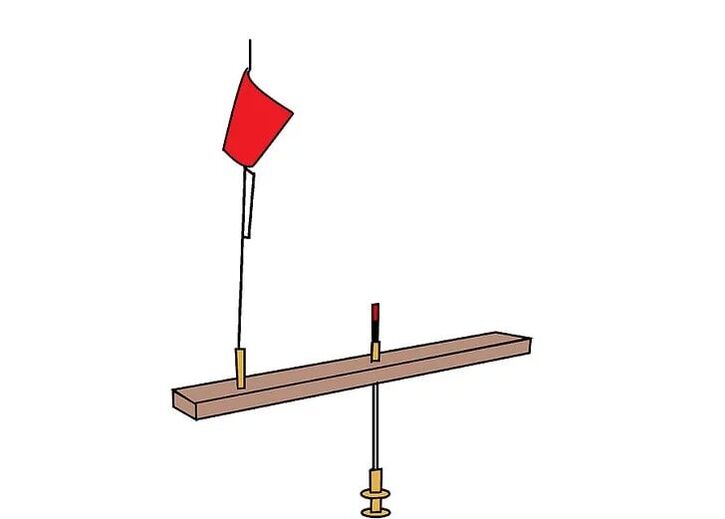
- Most tip-ups are designed so that the line spool is underwater when the tip-up is set up. The water protects the spool and line from freezing in the cold air. Some tip-ups, however, use a windlass design that keeps the line spool and most of the tip-up above the water.
- Having the rest of the rig be brightly colored as well can be helpful as well to keep you from accidentally stepping on it as you check all your rigs. If your tip-up isn't brightly colored but is made of wood or metal, you can paint it so you can see it better.
- Some tip-ups supplement the flag with an "action indicator" that shows the line movement when a fish has taken the bait and is swimming away with it.
- Some tip-ups feature a round cover that fits over the hole being fished to keep it from being exposed to the air and thus freezing over.
Method 2: Rigging a Tip-Up
- If ice fishing for pike, substitute a braided steel leader for the monofilament
- For bluegill, crappie, perch, or other panfish, use a size 6 or size 8 single hook.
- For walleye, use a size 4 or size 6 single hook.
- For pike, use a size 2/0 to 6/0 single hook or a treble hook. Some hook rigs for pike feature a pair of treble hooks.
- Using split shot with little projections at the end opposite the mouth of the split shot will let you change split shot weights as necessary without having to cut the leader to change the shot.
Tips
- Check the laws of your state or province regarding how many ice fishing rods and tip-ups you can use at any given time.
- To maintain your tip-up, periodically spray the moving parts of the line spool and flag release mechanism with a water displacement or silicone-based lubricant. The screws, nuts, and bolts on any metal parts, particularly those that fold in or out, should also be sprayed with a lubricant or anti-corrosive chemical.
- When you first start ice fishing, a good hand-powered ice auger is sufficient for drilling the holes you need. As you gain more experience, you may want to purchase a power auger. Some fishermen choose to drill multiple holes in the ice, while others drill only a single hole at a time. If you choose to drill several holes at once, you'll want a skimmer to keep the holes clear of slush while you fish.

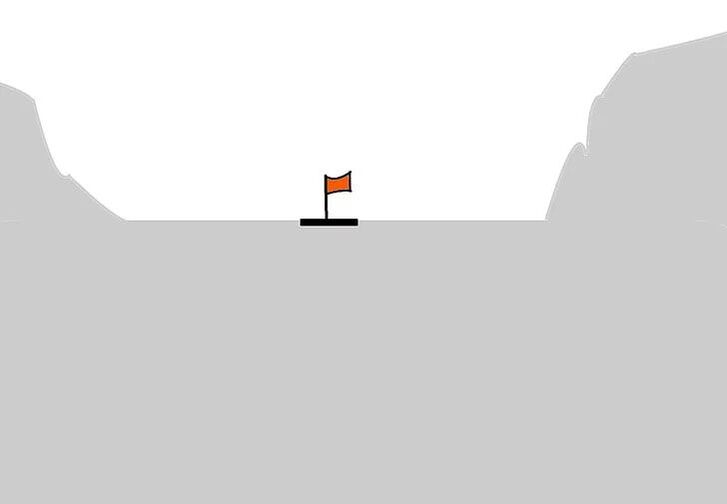
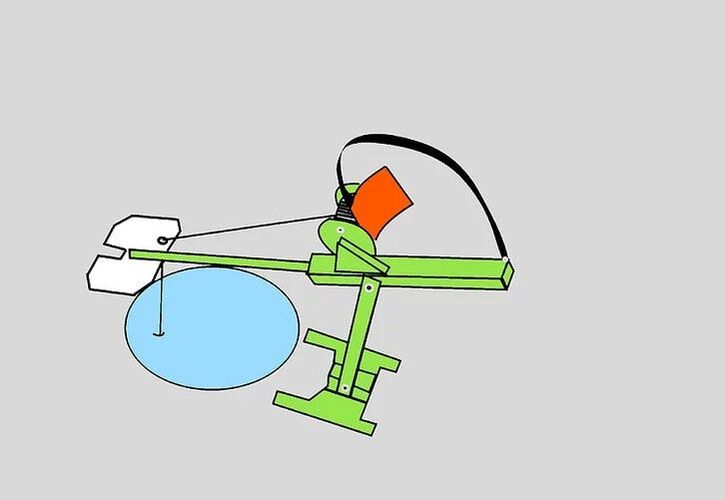
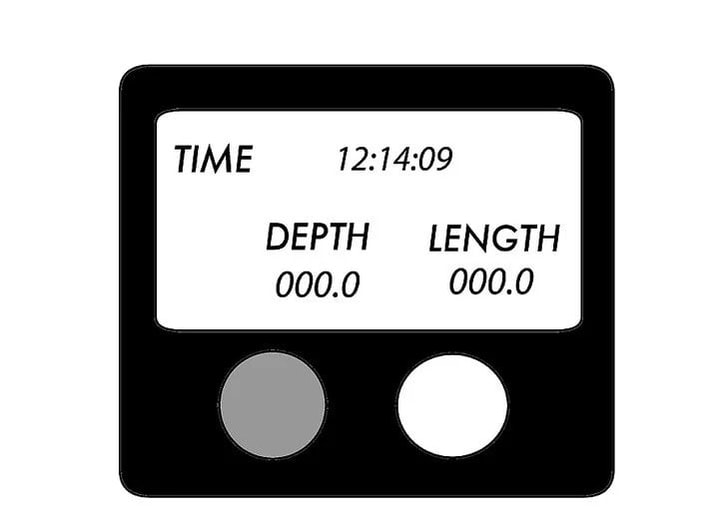
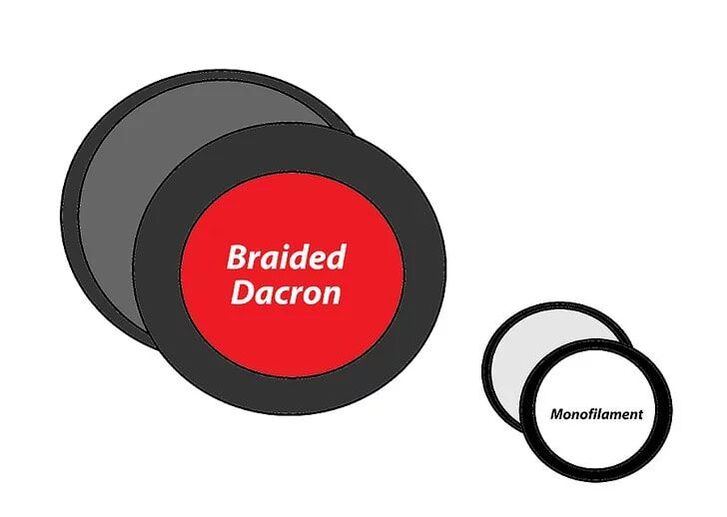
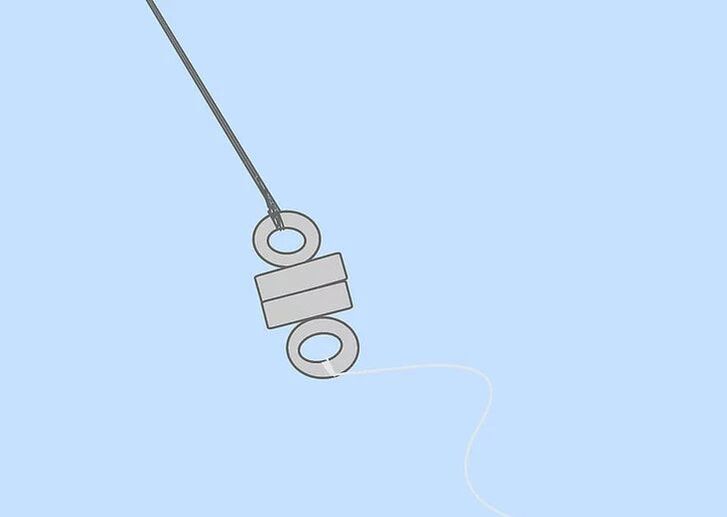
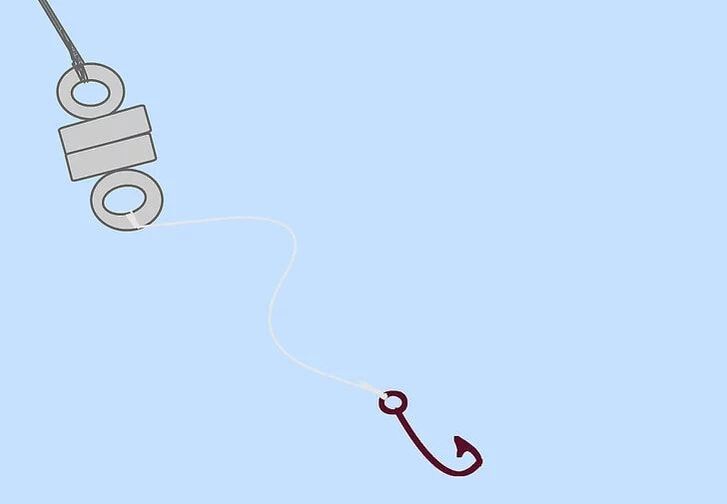
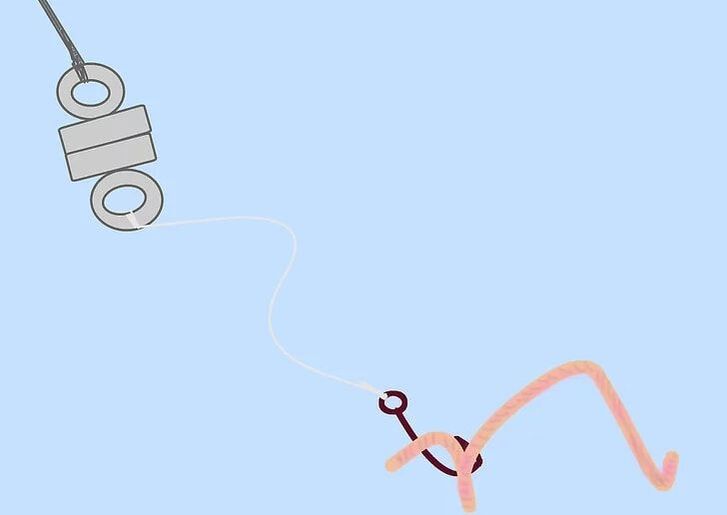

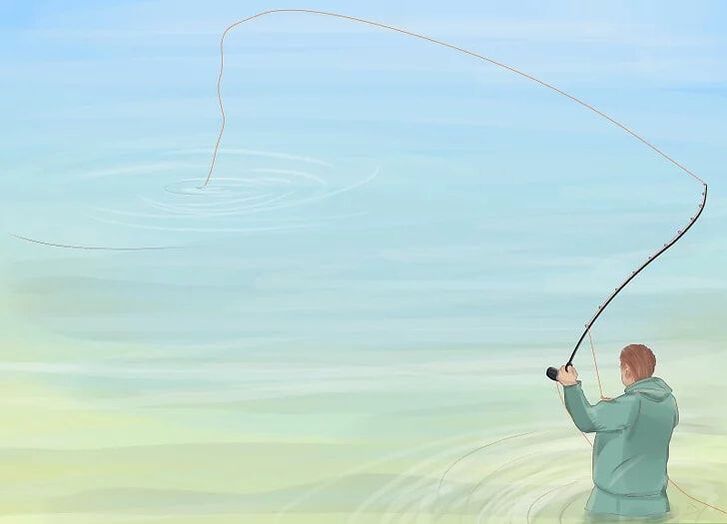
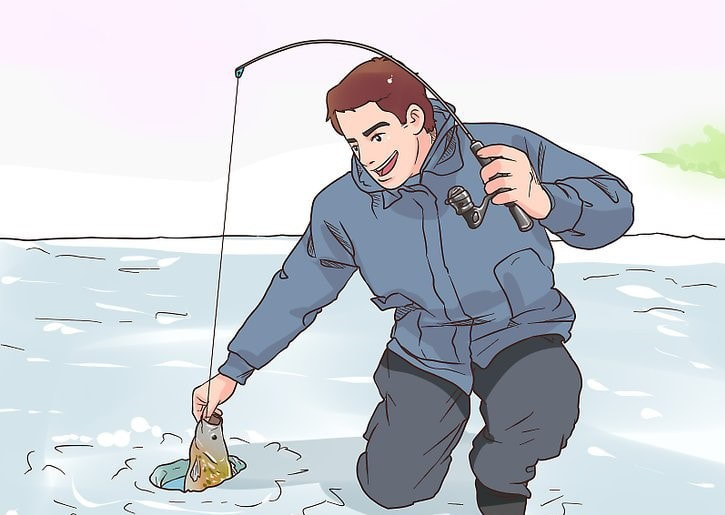

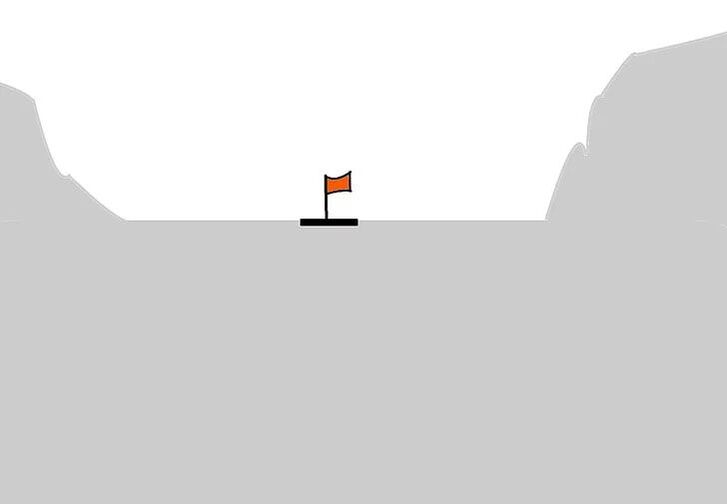
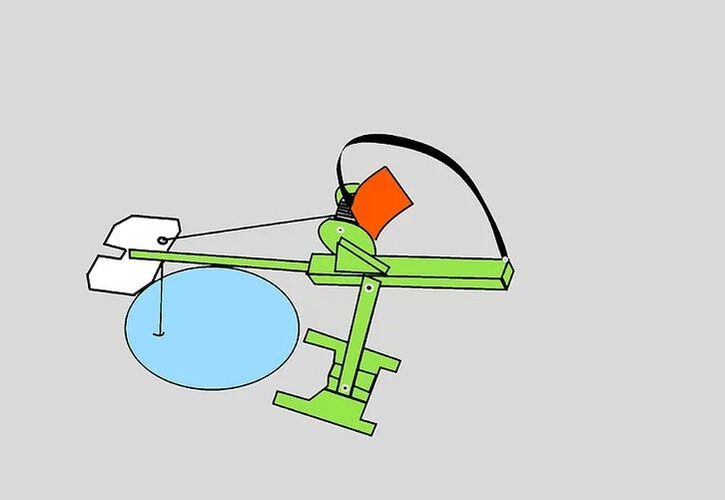
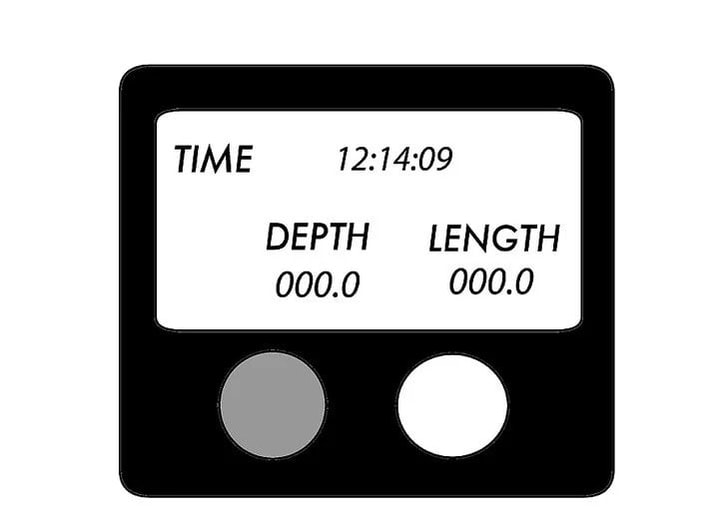
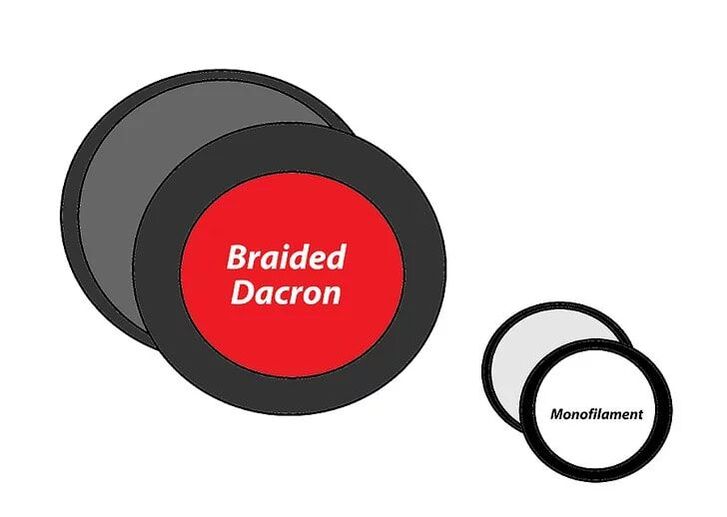
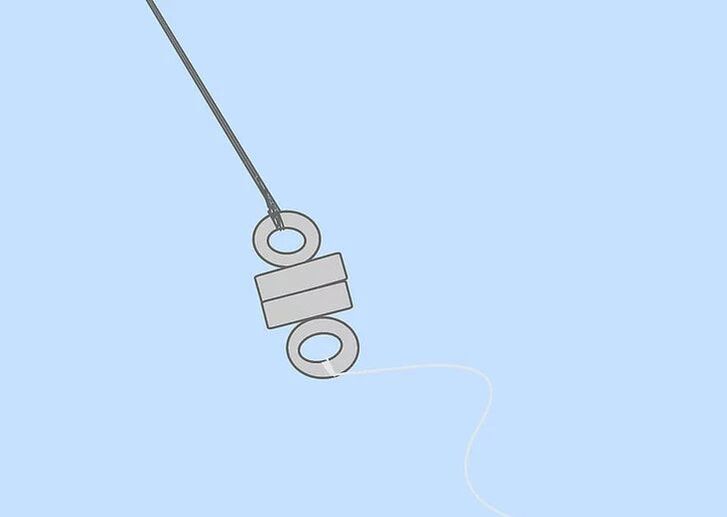
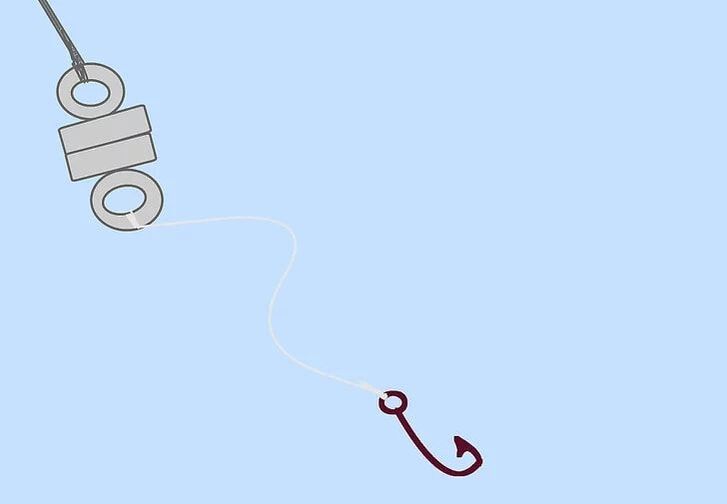
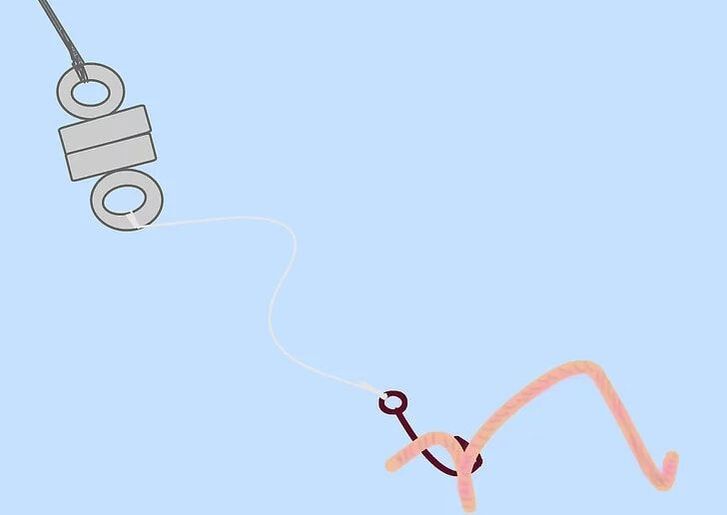
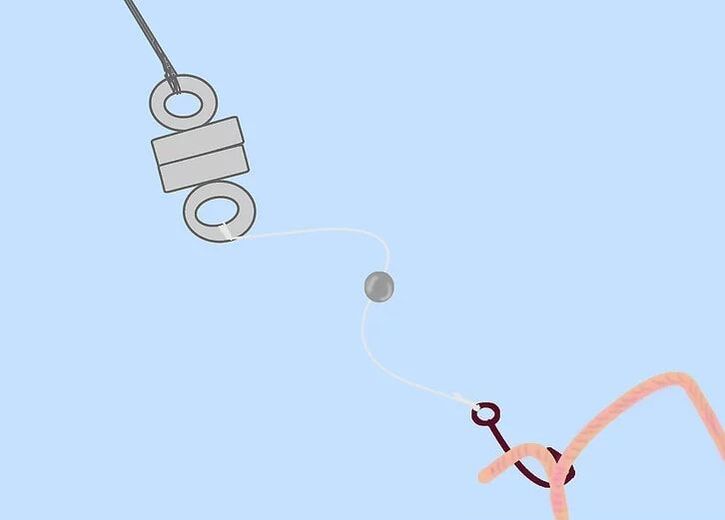
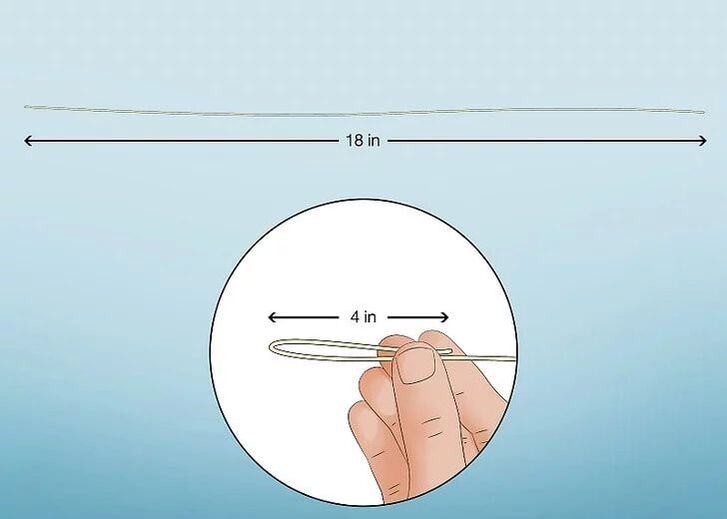
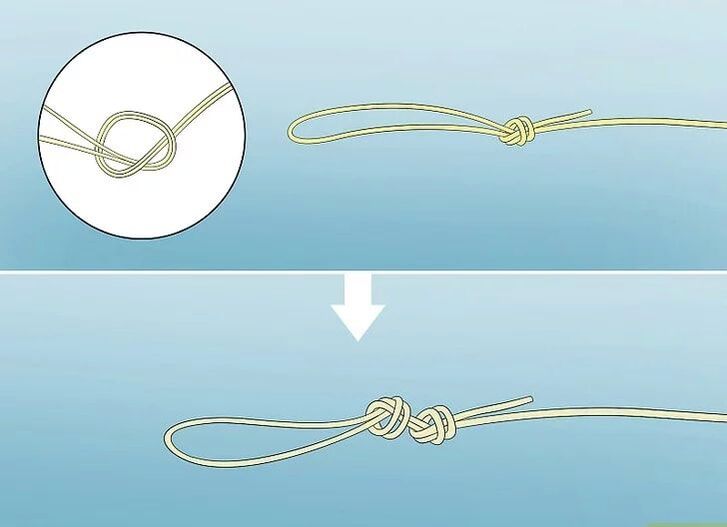
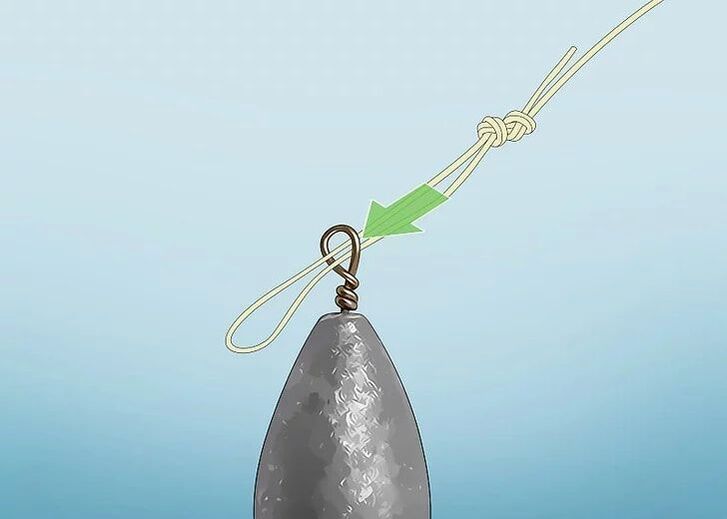
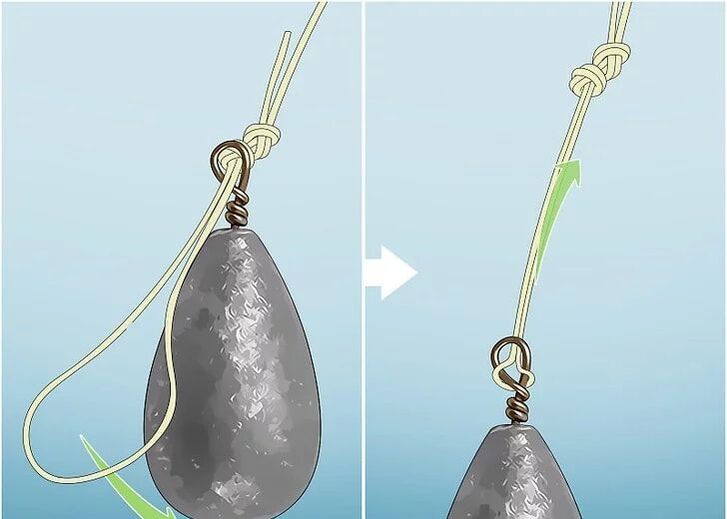
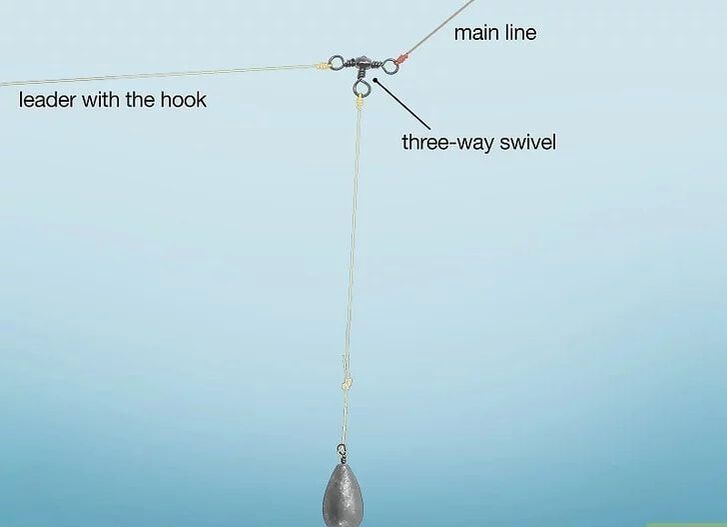
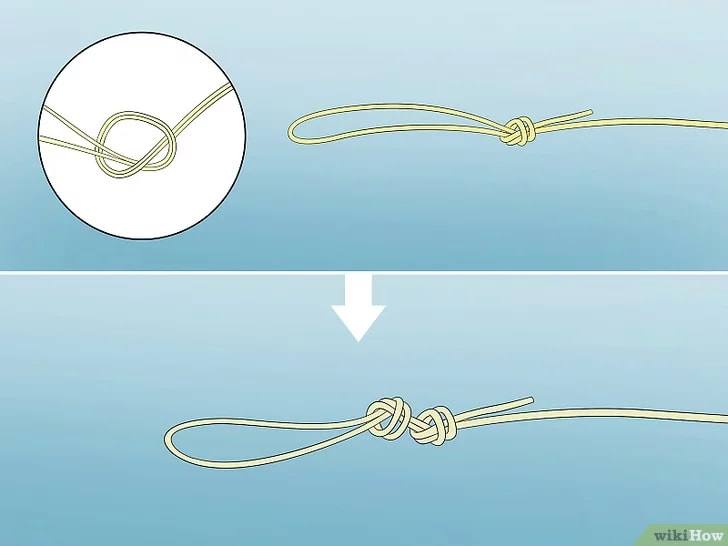
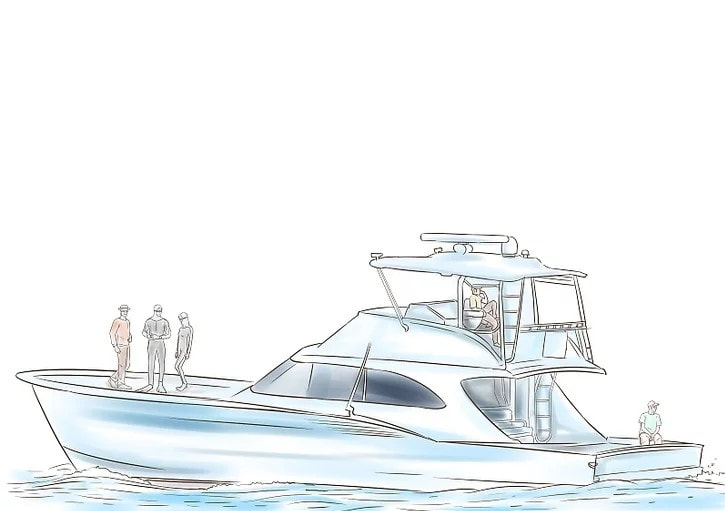
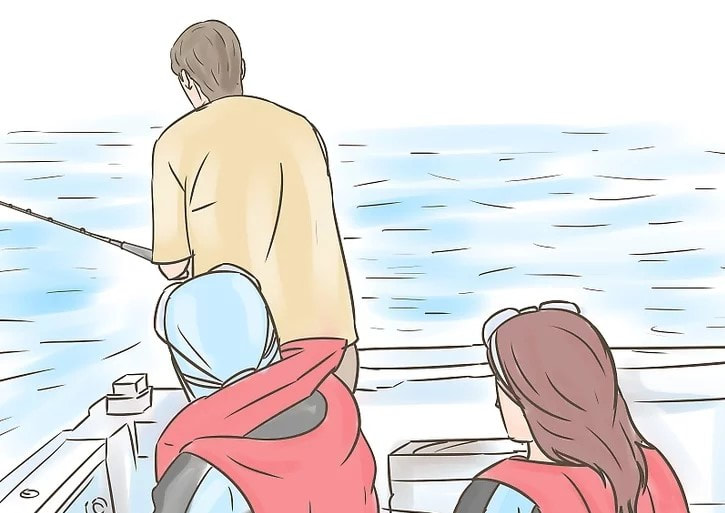
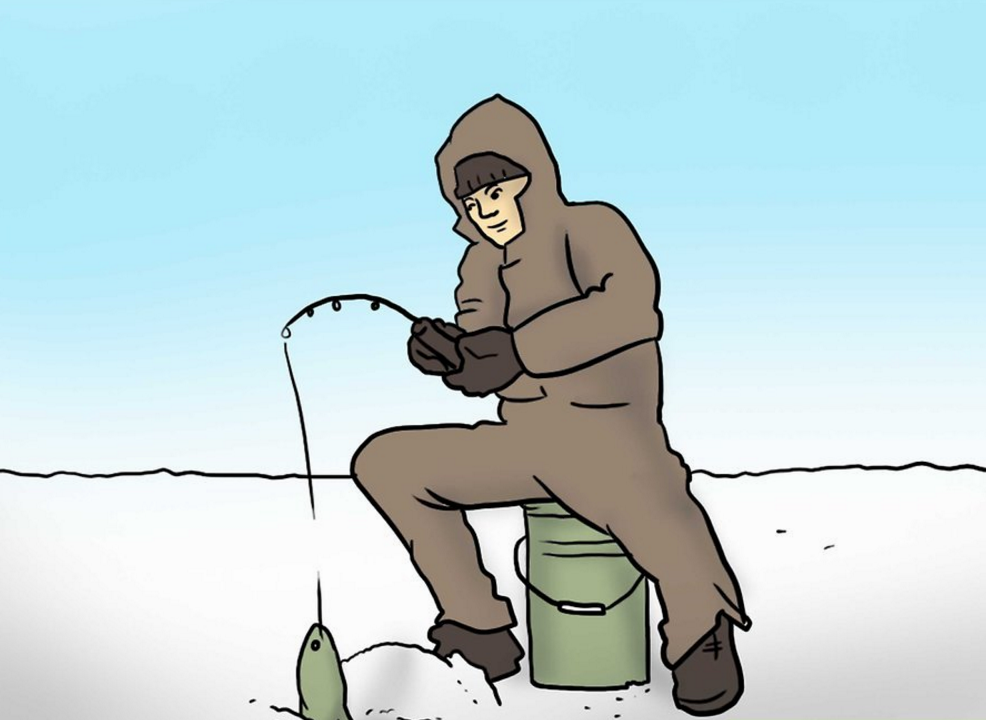
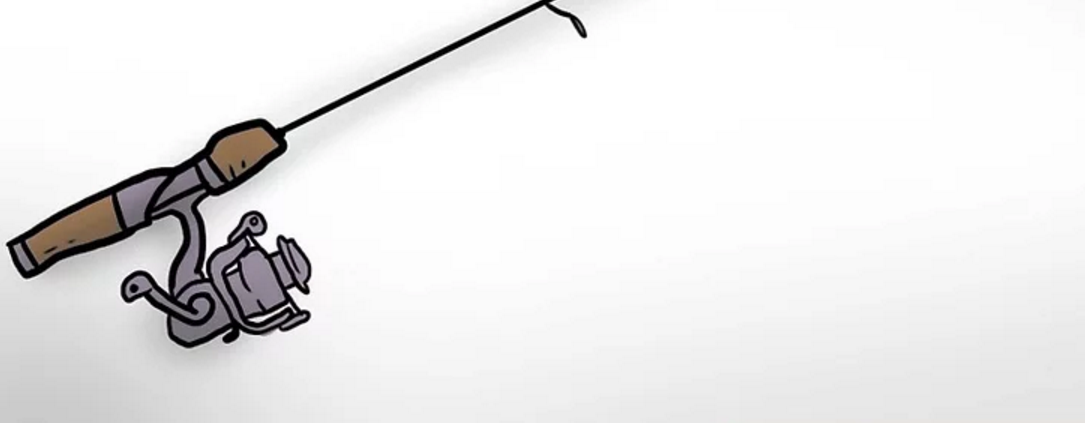
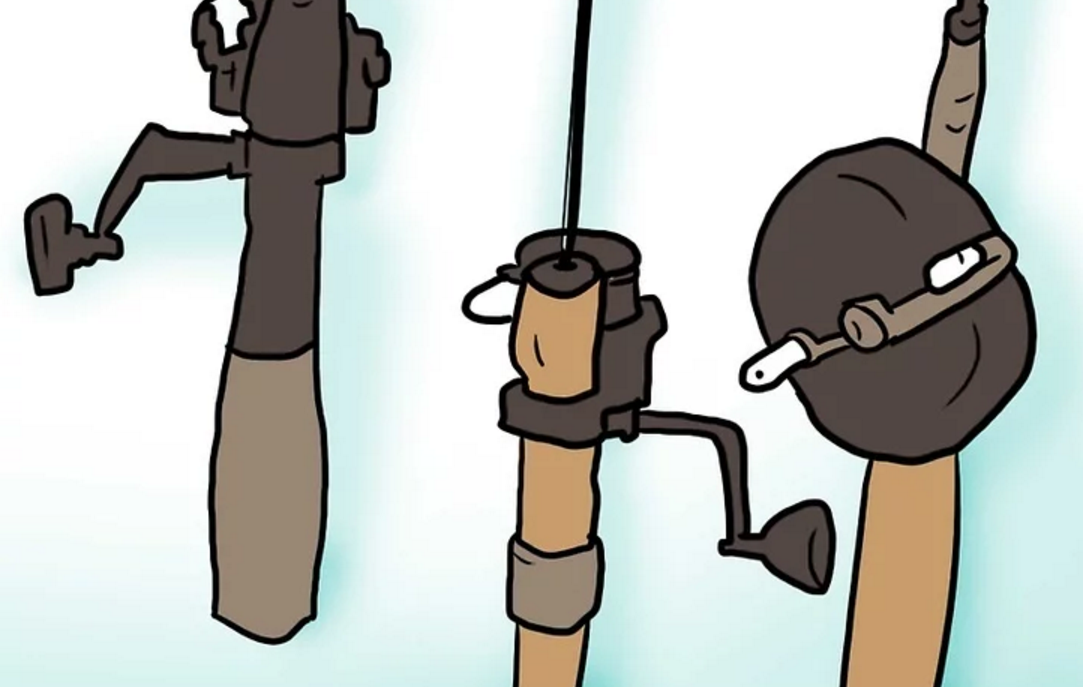
 RSS Feed
RSS Feed
